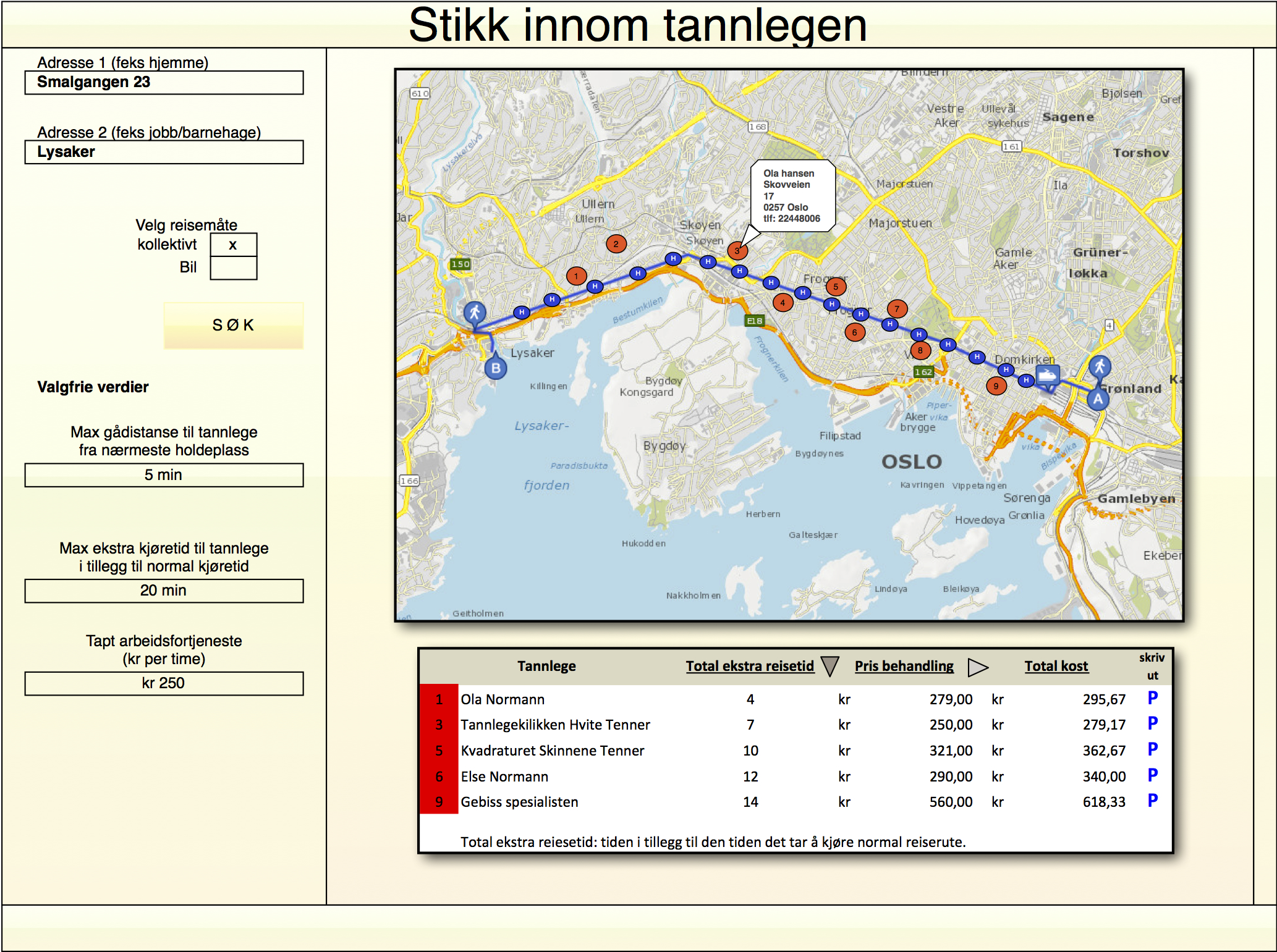En ting -Skolelinux-prosjektet har -hatt mye glede av er studentprosjekter. F.eks. er -stillbildeanimasjonssystemet -Stopmotion resultat av et studentprosjekt i Skolelinux. De siste -månedene har en ivrig student veiledet av Marius Kotsbak i -FRiSK testet hva en -kan få til med en datamaskin til NOK 400,- (antagelig 1700,- med -skjerm, tastatur og mus) når det brukes i Skolelinux. Jeg spurte han -om et intervju.
- -Hvem er du, og hva driver du med til daglig?
- -Jeg heter Nirosan Thiyagalingam. Jeg er 24 år og studerer -dataingeniør studiet ved Høgskolen i Sør Trøndelag. Interessen for -data har siden ung alder vært tilstede og jeg har i tillegg alltid -vært glad i å lære nye ting. Med teknologi som endres svært hurtig er -det alltid noe nytt å lære. Noe som igjen har gjort det svært -interessant å følge med på utviklingen. Jeg valgte dataingeniør -studiet grunnet ønske om å lære enda mer om programmering og utvikling -av store systemer.
- -Hvordan kom du i kontakt med Skolelinux-prosjektet?
- -Skolelinux prosjektet hørte jeg først om i media. Men det var først -når jeg skulle velge bacheloroppgave at jeg fattet mer interesse for -prosjektet. Et enkelt søk på nettet førte meg til skolelinux sine -hjemmesider. Informasjonen jeg fant der gjorde meg enda nysgjerrig og -jeg valgte derfor en oppgave som gikk ut på å få en -Raspberry PI. Altså en -ultra-billig datamaskin til å kjøre Debian Edu på lik linje med -vanlige datamaskiner. I løpet av prosjektet ble det gjort mye -forskning på nettet. Det var mye jeg måtte forstå rundt hvordan -operativsystemet Linux fungerte før jeg kunne angripe -problemet. Prøvde først å finne ut hvordan man kunne transformere en -vanlig installasjon av Skolelinux til Raspberry PI, men dette var -altfor vanskelig å jeg endte opp med mer spørsmål enn svar. Det ble -videre opprettet kontakt med Skolelinux utviklere på IRC der jeg fikk -diskutert hvilken retning jeg burde gå for å få til en fullverdig -løsning. Det ble bestemt at jeg skulle gå for å først installere -Raspian. Dette er et -operativsystem basert på Debian spesiallaget for Raspberry Pi sin -maskinvare. Nå som Debian var installert på datamaskinen gjenstod det -å installere de nødvendige Skolelinux pakkene for å få til et -fullverdig system. Disse pakkene ble installert manuelt i første -omgang, men ble senere installert automatisk via et script som Petter -Reinholdtsen laget. Dette scriptet er så enkel å bruke at man er i -gang med installasjonen i løpet av bare 5 minutter. Ikke nok med det, -alt skjer helt automatisk. Alt i alt er jeg veldig fornøyd med -resultatet av installasjonsprosessen. Raspberry Pi er en veldig svak -maskin og det merkes godt når man har installert Skolelinux på -den. Video og 3D-rendering fungerer utrolig dårlig, men nettsurfing og -kontorprogrammer fungerer godt. Det kan derfor konkluderes med at -datamaskinen er egnet for enkle oppgaver. - -
Jeg syns det er viktig påpeke at dette kun er startfasen av en slik -løsning. På markedet finnes det nå maskiner som har bedre hardware enn -Raspberry Pi. Det er store muligheter for at man kan klare å -installere Skolelinux på disse også, og da forsvinner nok mest -sannsynlig ytelsesproblemene med Video og 3D rendering også.
- -Det ble også prøvd med en løsning som gjorde at Raspberry Pi -fungerte som en tynnklient. Denne løsningen hadde langt bedre ytelse -med tanke på hastighet og brukeropplevelse. Men også her var video og -3D rendering dårlig. Det ble brukt en liten Linux distribusjon kalt -BerryTerminal for å få til -dette.
- -Hva er fordelene med Skolelinux slik du ser det?
- -Fordelen med Skolelinux er mange. At det er gratis er en stor -fordel, men at det er så mange som er med på å utvikle det og -vedlikeholde det er en enda større fordel. Allerede før jeg startet -med prosjektet så jeg mange fordeler, og når jeg nærmet meg sluttfasen -så jeg langt flere. At prosjektet skulle inneha en så høy kvalitet -hadde jeg aldri trodd. En vanlig Skolelinux installasjon har de -nødvendige programmene og funksjonen som både små og store skoler i -tillegg til organisasjoner kan klare seg med. At prosjektet tilbyr en -så komplett løsning er en kjempefordel. Installasjonen er knirkefri -og det er svært enkelt å installere og komme i gang.
- -Hva er ulempene med Skolelinux slik du ser det?
- -Ulempene jeg ser med prosjektet er ryddigheten av websidene. Selv -om websidene er enkle og konsise er det allikevel ikke appellerende i -like stor grad som for eksempel -Ubuntu sine sider. Deres side -tilbyr, i tillegg til godt design og presentasjon, en nettbasert -emulator av deres operativsystem. Dette er en stor fordel slik jeg ser -det. Bortsett fra dette ser jeg absolutt ingen ulemper med -Skolelinux-prosjektet.
- -Hvilken fri programvare bruker du til daglig?
- -Til daglig er jeg en flittig bruker av det åpne media -sentersystemet XBMC. Det enorme -samfunnet rundt dette prosjektet har gjort dette til et program som -dekker alles behov. Man kan tilpasse det akkurat slik man vil både med -tanke på utseende og funksjoner ved installere plug-ins eller -scripts.
- -Hvilken strategi tror du er den rette å bruke for å få -skoler til å ta i bruk fri programvare?
- -Strategien som burde brukes sett fra mine øyne er -markedsføring. Jeg er sikker på at om flere skoler fikk et lite innsyn -i hvor bra Skolelinux er så ville de ikke nølt med å gå over fra noe -annet som koster de store summer. At skolelinux til de grader tilbyr -en så komplett løsning bure komme frem. Enten via reklamekampanjer -eller ved å sende ut folk til skoler for så å la skolenettverk -ansvarlige får teste ut hvordan Skolelinux fungerer i praksis. Om det -i tillegg ble utviklet gode websider og en emulator for å la brukere -prøve operativsystemet ville nok dette ha styrket inntrykket -betraktelig.
-